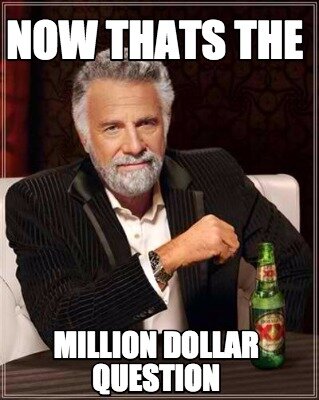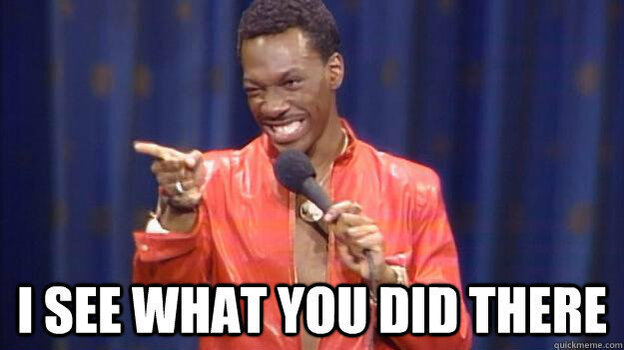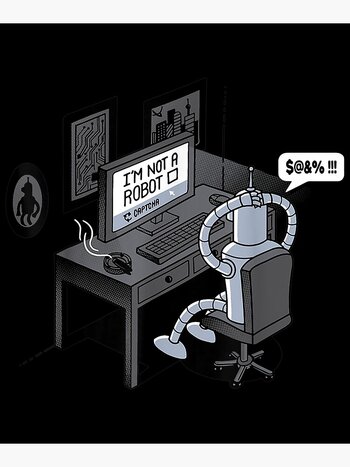This article just states, that as the same time Recaro got into trouble Ineos has dropped the Fusilier. It is very likely that this meant a huge problem for Recaro, but it would also mean, Ineos is still involved in that problem. If Ineos went to Recaro, asking for a seat development for the Fusilier Recaro may have relied on it, maybe spent already money on it. If the order is rejected or doesn't come at all, it can kill you as a company.
It is also stated that no new order came in from Ineos and the next sentence pointed to the stop of the Grenadier production. So the same read as the section with the Fusilier.
And even if Ineos hasn't stopped ordering seats for the Grenadier, look at the numbers of sold Ineos cars and you see, that is too less. That leaves me still with the question, why has Ineos taken the risk to take Recaro as a key supplier?
When two companies agree on an order volume, the supplier (especially Recaro which already had financial troubles) need to go to a bank to get credit to source their product. They have also suppliers which need to be paid. In case of Recaro maybe beforehand as the suppliers of Recaro almost for sure knew Recaros problems. If then, less units than expected or forecasted are taken, you're in trouble as a supplier. It is not unlikely that Ineos asked for more that they needed (to get lower prices and because they still think everybody will buy a Grenadier). Autocar in the US stated when the deal with BMW was made that Ineos targeted 25.000 units per year. BMW themself state that Ineos will take "a high 5-digit number of units (
https://www.press.bmwgroup.com/deut...rung-von-ineos-automotive-limited?language=de) in their press release from 03-18-2019.
That means all suppliers need to be able to deliver that number. For Recaro this means 75.000 units (without spares) per year. Ineos is two years in action now and hasn't reached 20.000 units (as Lynn Calder has stated) at all. Do you really think, that has no effect on suppliers? Staying behind the numbers does mean a problem. First of all for Ineos. They are smart? Then they did a calculation of how many units they need to sell to keep all things fed and payed. You may stay behind, fine, there will be some buffer calculated in. But missing the target around 50% over two years is too much. Suppliers told me, in general, that they can easy cope with 10 to 15% variation of the volume as a normal consequence and ever changing demands. But more makes problems. Often parts are sourced and produced in batches. let's say a customer requests 10,000 mirrors. The machines are prepared, tools are changed (an expensive thing) and then 10,000 mirrors are produced. After that they change the tools again and serve the next customer. If Ineos restarts their production, these suppliers first must find a slot to start producing again. Was that agreed with all suppliers? And the suppliers of the suppliers? Is there a schedule? Will the parts the example mirror company needs for Grenadier mirrors be ready on time? Such a stop and start leads to confusion in the supply chain. And mirrors might be an easy product...but what about ECU's? The parts ECU's are build of are often assembled in parts groups which only together stay within the specifications. That is a highly orchestrated thing and you need to have all electronic parts which fit together (to meet the tolerances) for a ECU at hand in the right moment. You do not easily stop that flow of supplies.
That is my opinion. In addition I expect more suppliers to turn away as the production stop also means that suppliers can't sell to Ineos for month causing more problems or shifting production capabilities to other customers. They won't stop, stand still and wait for Ineos, they have to keep their own business running.
If you're a supplier with some cash behind, fine, you can cope with that. But due to Corona and the overall economic situation more and more suppliers do not have that much cash left. Recaro is not the first victim of that. Wrong strategic decisions at Recaro (we only build perfomance seats) is one part of that, a customer not fullfilling the expected numbers is the other part.
AWo









